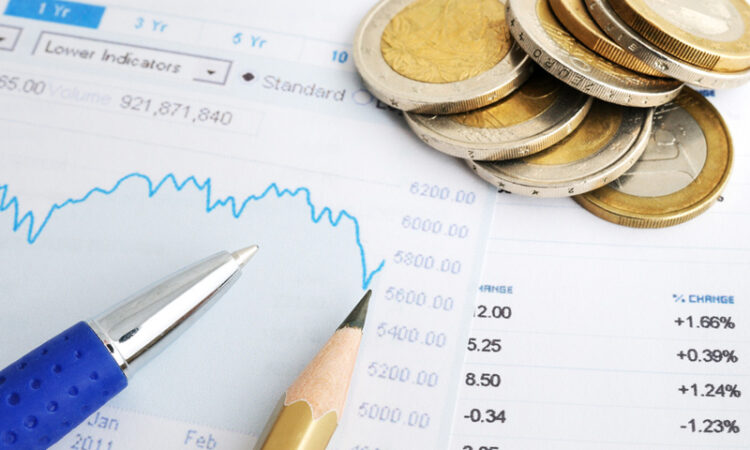

© Reuters. U.S. Dollar and Chinese Yuan banknotes are seen in this illustration taken January 30, 2023. REUTERS/Dado Ruvic/Illustration
By Rae Wee
SINGAPORE (Reuters) – The dollar ebbed on Monday on renewed expectations of a rate cut by the Federal Reserve in March, while the struggled near a one-month low ahead of a slew of economic data this week.
China’s fourth-quarter gross domestic product (GDP), December industrial production, retail sales and unemployment rate are among the economic indicators out on Wednesday, which are likely to provide further clarity on the pace of recovery in the world’s second-largest economy.
Traders also have their eye on a reading on UK inflation due later in the week, as the market focus remains on how soon major central banks globally could begin easing rates this year.
The euro hovered near the $1.10 mark in early Asia trade, with the single currency last at $1.0946.
Sterling stood near its two-week peak hit last week and last bought $1.2732, while the was flat at 102.50, having drifted largely sideways over the past couple of sessions.
Bets for a Fed cut in March have gathered some steam after data on Friday showed U.S. producer prices unexpectedly fell in December, sending U.S. Treasury yields sliding in response. [US/]
“We move past the US CPI and PPI releases and the market has become even more convinced that the Fed’s easing cycle starts in March, with a 25bp cut priced for every meeting from this starting point,” said Chris Weston, head of research at Pepperstone.
Market pricing now points to a 78% chance that the U.S. central bank will begin easing rates in March, as compared to a 68% chance a week ago, according to the CME FedWatch tool.
In Asia, the yen remained under pressure at 145.04 per dollar on expectations that the Bank of Japan is likely to keep its ultra-loose policy settings unchanged at its upcoming policy meeting next week.
The languished near a one-month low of 7.1925 per dollar hit on Friday, and was last at 7.1861 per dollar.
China’s central bank is expected to ramp up liquidity injections and cut a key interest rate when it rolls over maturing medium-term policy loans on Monday, as authorities try to get the shaky economy back on more solid footing.
“I think more PBOC (People’s Bank of China) easing is coming this year,” said Carol Kong, a currency strategist at Commonwealth Bank of Australia (OTC:).
“I don’t think (Monday’s move) will materially weigh on the (yuan) because a rate cut is more or less priced in.
“I’ll also watch out for the data dump from China… I expect the activity data and GDP figure to show weak momentum into the end of 2023.”
The Australian dollar, often used as a liquid proxy for the yuan, edged 0.07% higher to $0.6690. The New Zealand dollar slipped 0.13% to $0.6233.
“I think the risks are skewed to an even weaker signal from the Chinese economy and that could be a headwind for… risk currencies like the and ,” said Kong.
Elsewhere, the Taiwan dollar was little changed and last at 31.13 per dollar, after the Democratic Progressive Party’s (DPP) Lai Ching-te won the presidency over the weekend, though his party lost its majority in parliament.
Analysts expect Taiwan’s stock market to take a hit this week as the spectre of policy paralysis fuels selling in a market that is up 25% in little more than a year.
“On net, we do not expect large post-election market moves, given the outcomes were broadly in line with polls, no major changes in economic policy, and likely limited impact on cross-strait trade,” said analysts at Goldman Sachs, who are neutral on the Taiwan dollar.


